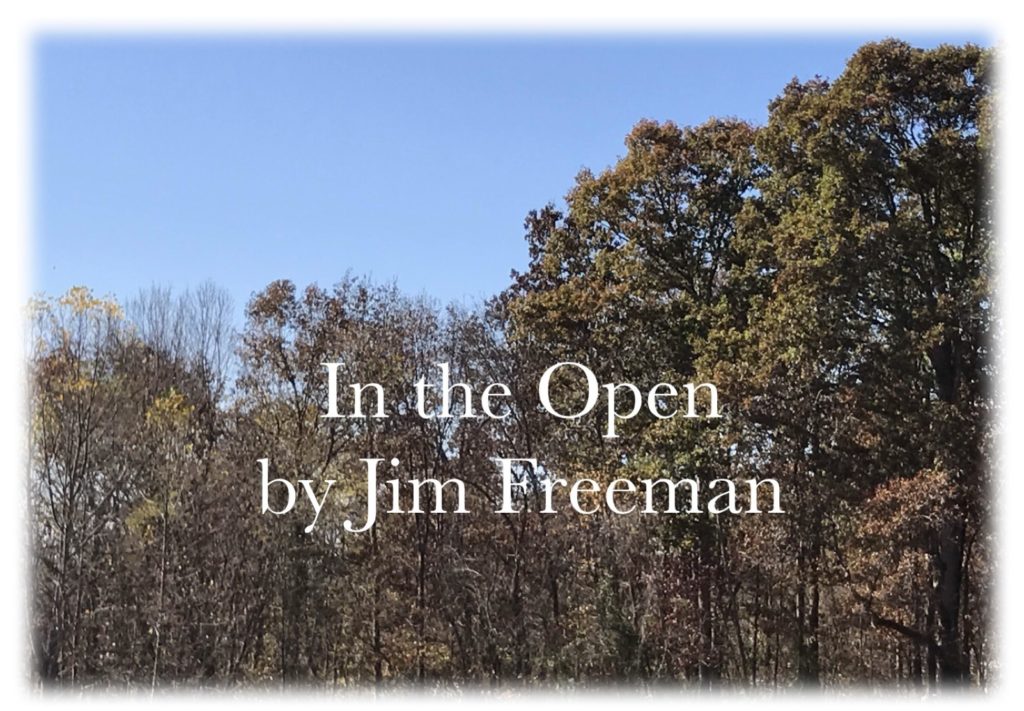In the Open


In the Open
By Jim Freeman
Venison is tasty, and good for you
Chances are pretty good, if you have had a successful deer season, that you now find yourself with pounds of venison. Luckily, with locally grown and locally raised food being all the thing these days (my grandparents were apparently WAY ahead of their time), perhaps it is time to give wild game another look.
While there is no way to guarantee that your deer has only eaten organic fare during its lifetime, if you are worried about such things, it is probably a safe bet that it was at least free-range, humanely grown (and hopefully humanely harvested) and not subjected to antibiotics or hormones.
Even if that isn’t your concern, the health benefits of venison over other meats is well-documented.
Animal meats tend to be high in saturated fats (the kind of fat your doctor probably tells you to avoid), but wild game meat is low in saturated fats. For instance, a 4-ounce beef flank steak has about nine grams of fat with four of those being saturated fats. Venison has about half the fat and only a fourth of the saturated fats.
Deer meat and beef have similar amounts of protein and iron, but venison tends to have fewer calories and only about a quarter of the cholesterol. Keep in mind that these figures mean little if you slather and cook everything in grease or butter.
I started looking around for some venison and wild game recipes but was quickly overwhelmed with venison recipes on the internet. Fortunately, you can prepare venison almost like beef – taking in mind that it is very lean and easy to over-cook.
In our household, especially when our daughters were young, my wife regularly substituted ground beef with venison in meals that ordinarily required ground beef. Things like spaghetti, lasagna, hamburgers, dips, chilis, and even the old standby Hamburger Helper all saw plenty of deer meat. If you preserved your deer by canning it at home, you have even more options on how to prepare it.
Store-bought ground beef was a rarity in our home for years; we usually had our own grass-fed beef or local deer instead. The stuff that came wrapped in cellophane was a little too fatty for our liking.
Any discussion about venison without mentioning chili should be a crime. Ground venison is incredible in chili, roughly ground venison or venison cut into little cubes is even better. Just use it like you would beef.
I’m no chili master, but fortunately my wife, Mary, is the Queen of Chili. True to tradition, no one batch is the same, but they are all incredible. In my opinion the only thing better than fresh deer chili is deer chili reheated the next day, and the day after that. Like most Southern High School graduates of my era I like it with cheese and peanut butter and honey sandwiches for dunking.
The backstrap (tenderloins) are the best, most tender part of the deer, and are usually sliced into thin steaks. They can be seared as-is in an oily skillet or lightly breaded and fried. Short of over-cooking them it is hard to mess up these delectable morsels. My mouth is watering just thinking about it.
When it comes to deer jerky, the biggest question is “Sliced or ground?” Me, I am partial to using ground venison mixed with an off-the-shelf jerky seasoning mix (usually good for about 15 pounds of ground venison), squeezed out into strips with a “jerky gun,” and ran through a dehydrator. Of course, you can always slice the venison into strips, marinate it in a seasoning of your choice, and dry it in the oven. While I prefer the texture of ground venison jerky, it’s a sure bet that once you fine tune your recipe, no matter how you make it, it won’t last very long once your family and friends get ahold of it.
Then there are roasts, steaks, pulled venison barbecue, you-name-it. Too many things to go into, and all delicious.
For some people it is hard to get used to eating venison or wild game; the common complaint is that it is “gamey.” While it is fair to say that a tough, old buck is going to taste a little stronger than a tender, young doe, much of the taste of wild game, particularly deer, is going to depend on how it was treated in the field – an animal killed quickly and humanely, field dressed promptly, transported quickly and cleanly transported and processed will taste better than one that did not receive this treatment. In short, game care starts before you even pull the trigger.
Jim Freeman is the wildlife specialist for the Meigs Soil and Water Conservation District. He can be contacted weekdays at 740-992-4282 or at [email protected]








